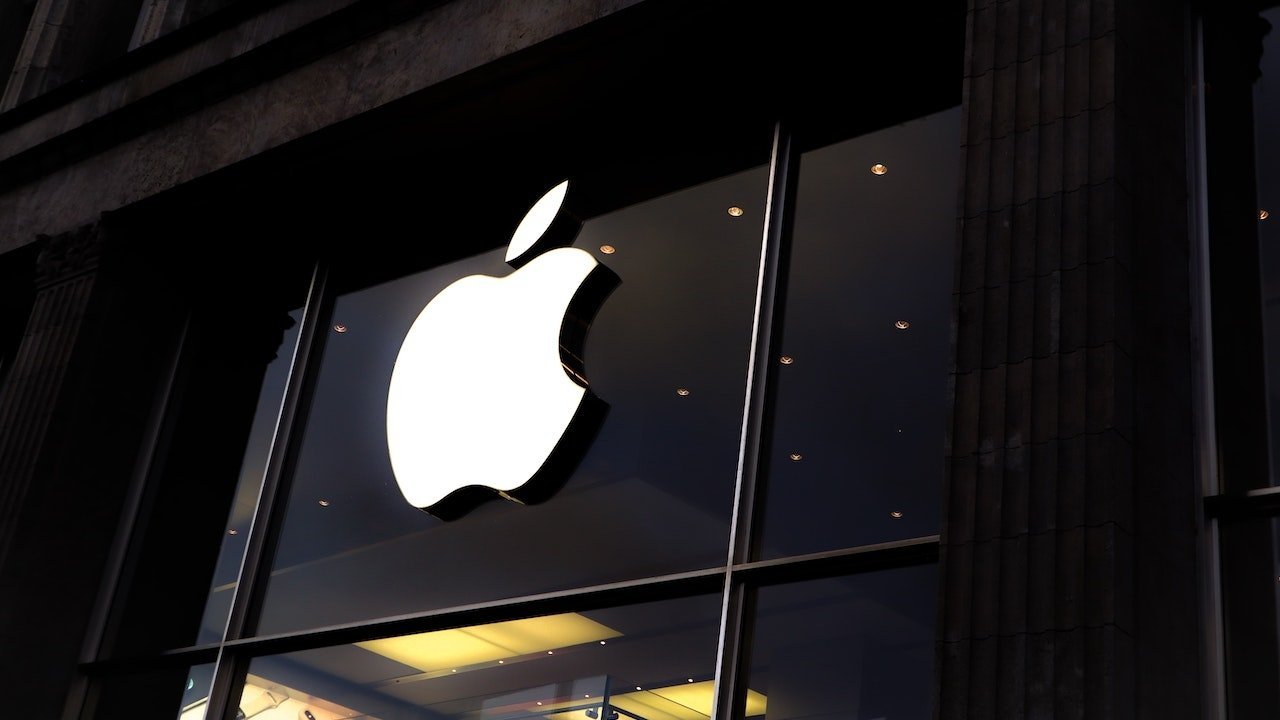Apple is already working on iOS 19, iPadOS 19, macOS 16, and more
A new report says that Apple has formally begun work on the OS updates planned for late 2025, including macOS, iOS, watchOS, and visionOS.

Apple's hardware and software plans for 2025 are already underway
In a typical move, Apple is wrapping up its foundational work on 2024's forthcoming software releases, and focusing on the year ahead. Betas for iOS and iPadOS 18, watchOS 11, and macOS 15 Sequoia are already in the hands of developers now.
Those OS updates, already teased during the WWDC conference, will be out in the fall of 2024. According to a report from Bloomberg, Apple's engineers have started turning engineering attention to the releases for late 2025, including iOS 19, watchOS 12, macOS 16, and visionOS 3.
Each of these future releases has a codename. The iOS 19 version in testing has reportedly been dubbed "Luck," while macOS 16 is called "Cheer."
The codename "Nepali" has been given to watchOS 12, while visionOS 3 is said to be called "Discovery."
The traditional reason for starting work on these OS revisions so early is so that the company can coordinate software with future hardware products already in development. And, this is not an accelerated timeline -- it is consistent with previous years.
In addition to expected new models of iPhone, iPad, and Mac to be unveiled later in 2024, other products are anticipated for release in 2025. This is expected to include a lower-cost, lower-spec version of the Apple Vision Pro, which might simply be called "Apple Vision."
Other rumors for 2025 have speculated on a refreshed Apple TV box, and long-awaited updates to the Mac Pro and Mac Studio. The pro-level Macs will see updated specs that allow for expected M4 Pro, M4 Max, and a possible M4 Ultra variant.
Rumor Score: Likely
Read on AppleInsider

Comments
Think of it this way: a reporter writes a news story at midnight. An editor checks it over for errors, makes corrections, and passes it on to the press room. The newspaper is published and delivered in the wee hours, and you read it over your morning coffee.
Apple likely has a core team of people who work on the foundational aspects of their platforms, which apply to all of them. There will be a XNU core OS team and foundational OS userland teams (APIs, networking, etc) that will roll into production across all of the platforms, and they will work on multiple versions at the same time. There is likely a set of people working the platform release 3 to 4 years out let alone next year.
Then, there will be the platform specialist teams, who program the various user-facing features of each platform. They also will work on multiple iterations of the products at the same time.
There will be a resources concentration for when platforms get into production. A vast majority of Apple's software engineering resources were likely working on getting the current betas out the door from March to June. Now that the initial betas are out and cycling in public, the amount of people working on them has likely decreased a lot and they are working on 2025 platforms while there is a smaller production team trying to get the 2024 OS platforms to release in September.
"Beta" means the 2024 releases are feature complete, and they are getting the bugs out. If they can't get all features into the initial release, they obviously push those features into a later point release.
The big difference between older and newer development strategies is the latter one is very dynamic, perhaps even continuous, and is not necessarily hard limited to an exact release date or feature set. The product backlog is periodically reevaluated, new features are added, features may be removed, and priorities can change. Some features can slip outside the target release date and delivered in between the major release dates, which we’ve seen quite often with Apple in the past few years. The major release events are still important, but not as significant because new features can keep trickling out after the release date.
In modern software development practices the software is integrated and tested at whatever level possible as quickly as it is committed to the release branch (build). The goal is to have the software in a releasable state at least on a daisy basis. Of course the software would be lacking major features and capabilities if it were to be released daily, but the features that were completed at that time would still work and the software would not crash. This continuous integration and continuous release strategy means that if there is a feature not ready for release when the predefined release date hits, the release will not be held up and the missing feature could be dropped in at any update cycle.
Apple, Samsung, Google and others lock up hardware and sources at least two gens ahead of the current model, and have eyes focused on the hardware and specs for future models further out than that.
It’s the joy of capitalism: the fun of invention, the anxiety of making it real.